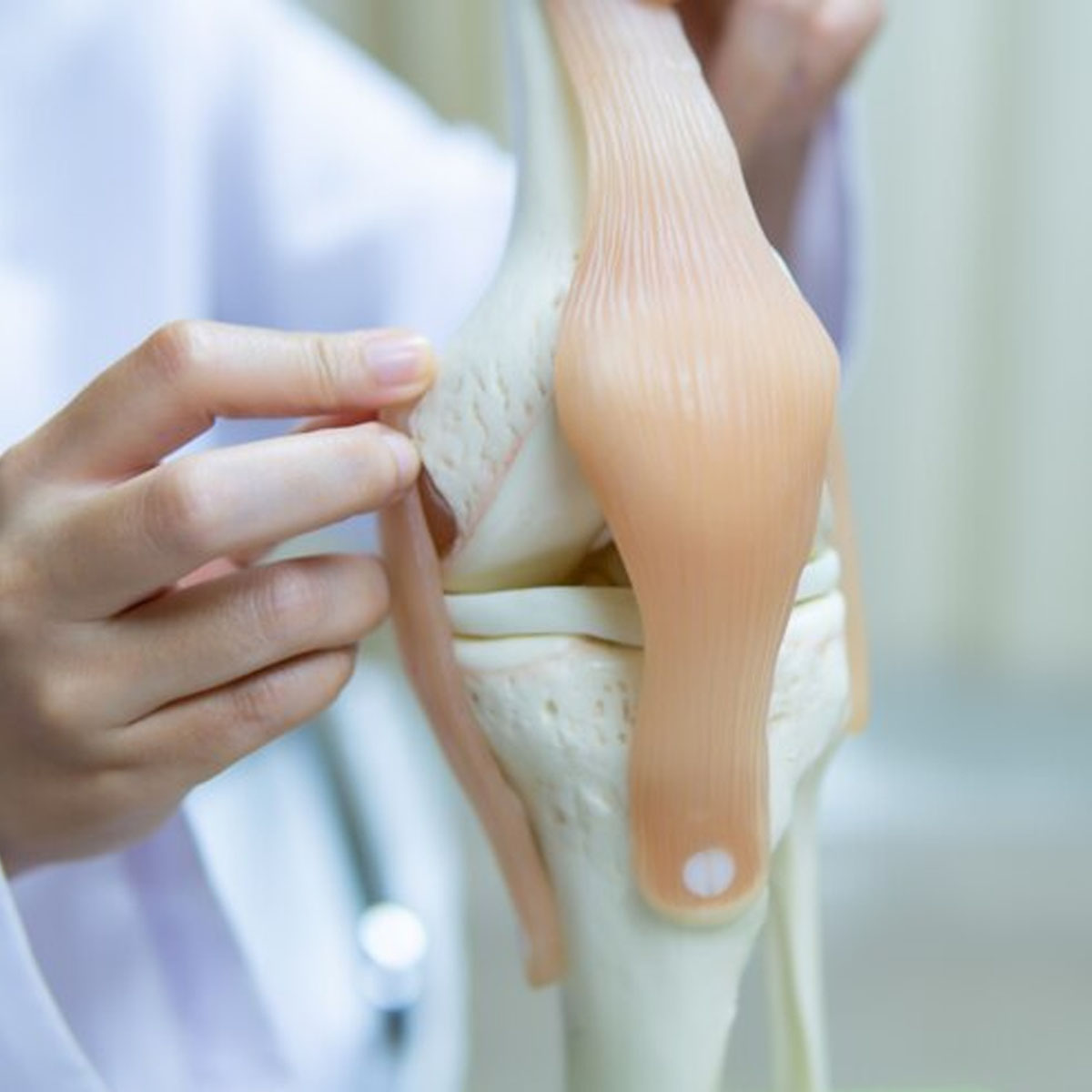Recovery Process:
- Hospital Stay: Some cases may require a hospital stay for several days.
- Physical Therapy: The patient begins exercises to regain knee movement.
- Pain and Swelling Management: Pain and swelling are addressed with medications and ice.
- Return to Normal Activity: The timing for a return to normal activity varies depending on the patient's condition.
Benefits of the Replacement:
- Improved Joint Movement.
- Reduction of Pain and Swelling.
- Enhanced Quality of Life and Ability to Perform Daily Activities.
Read about: meniscal tear in the knee
Challenges:
- Recovery period may be lengthy in some cases.
- Risk of inflammation or blood clots.
The patient must follow postoperative instructions and adhere to a tailored rehabilitation program to ensure the success of the knee joint replacement and optimal recovery. Contact us for more information and details tailored to your individual case

